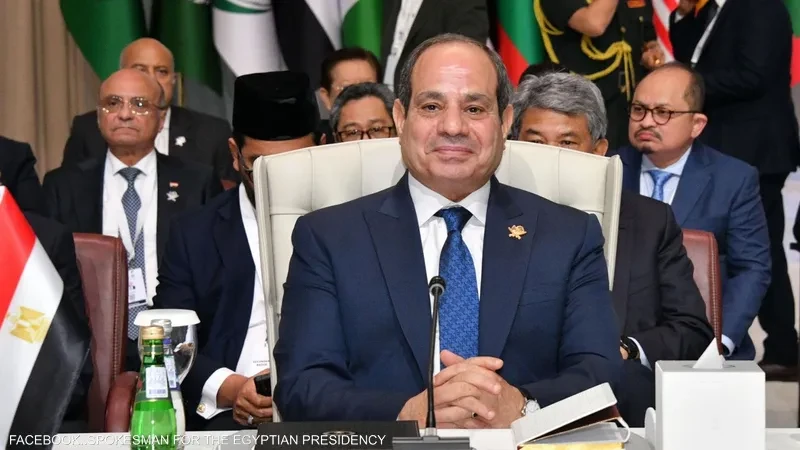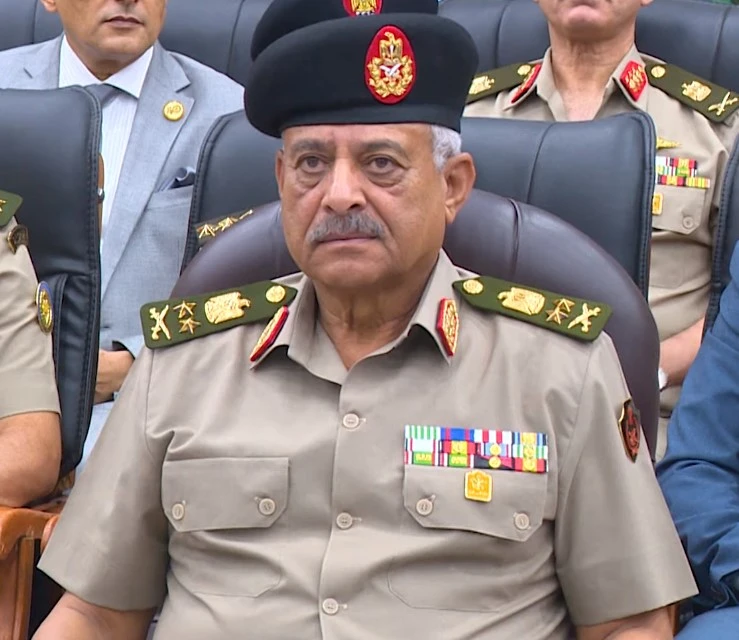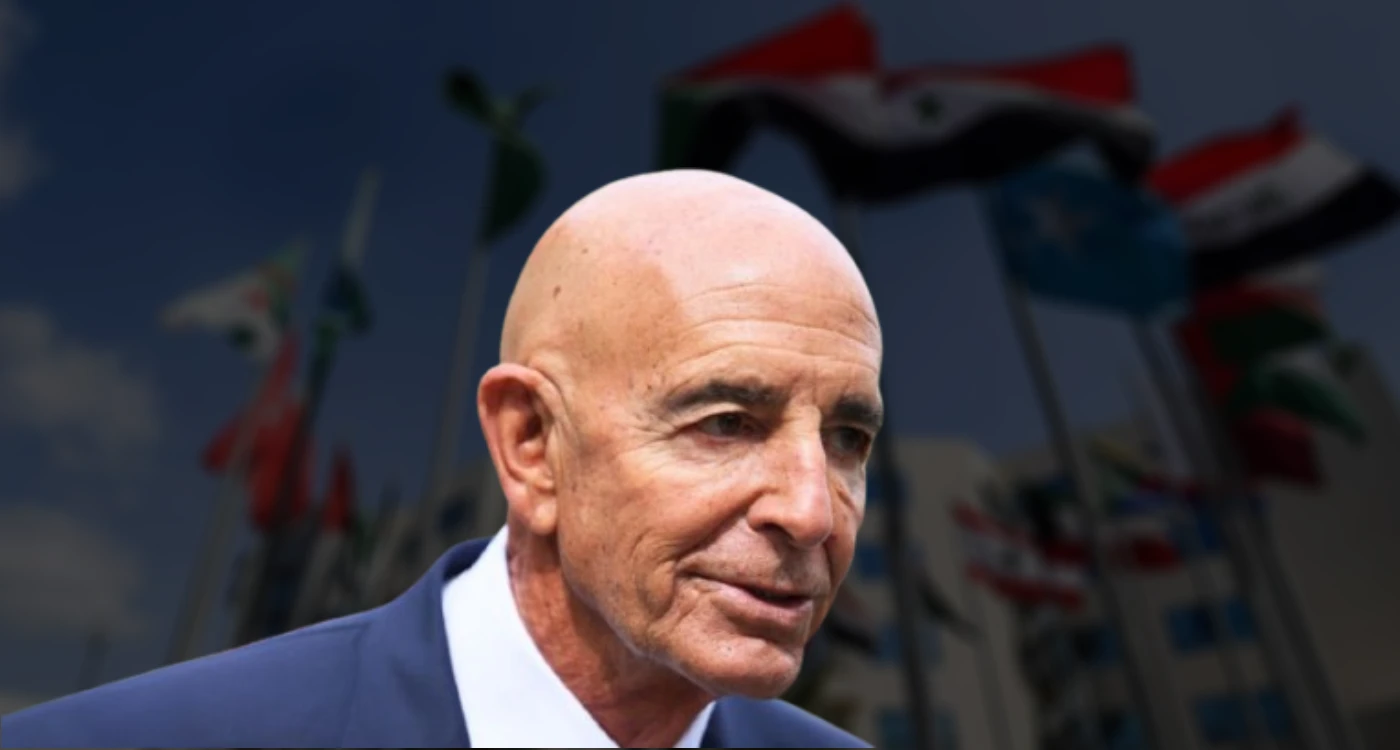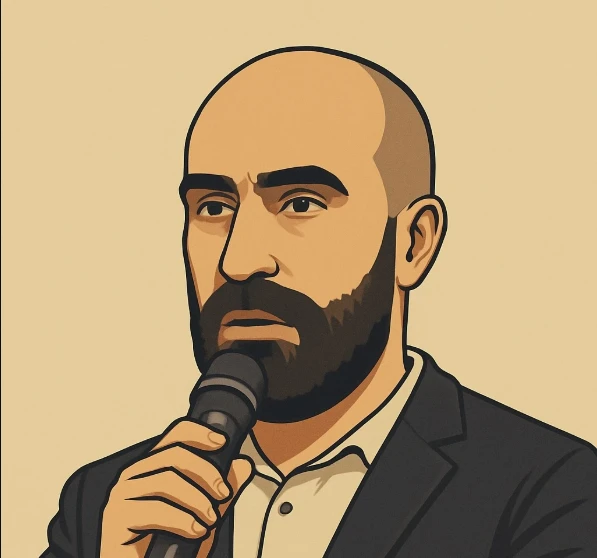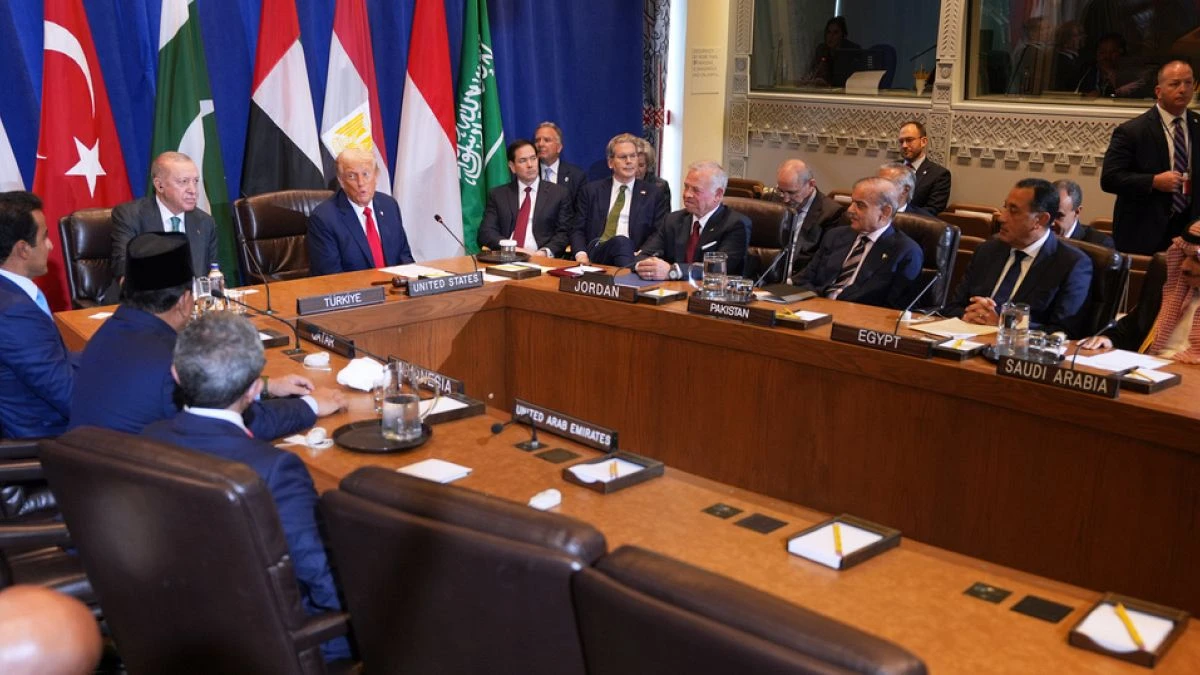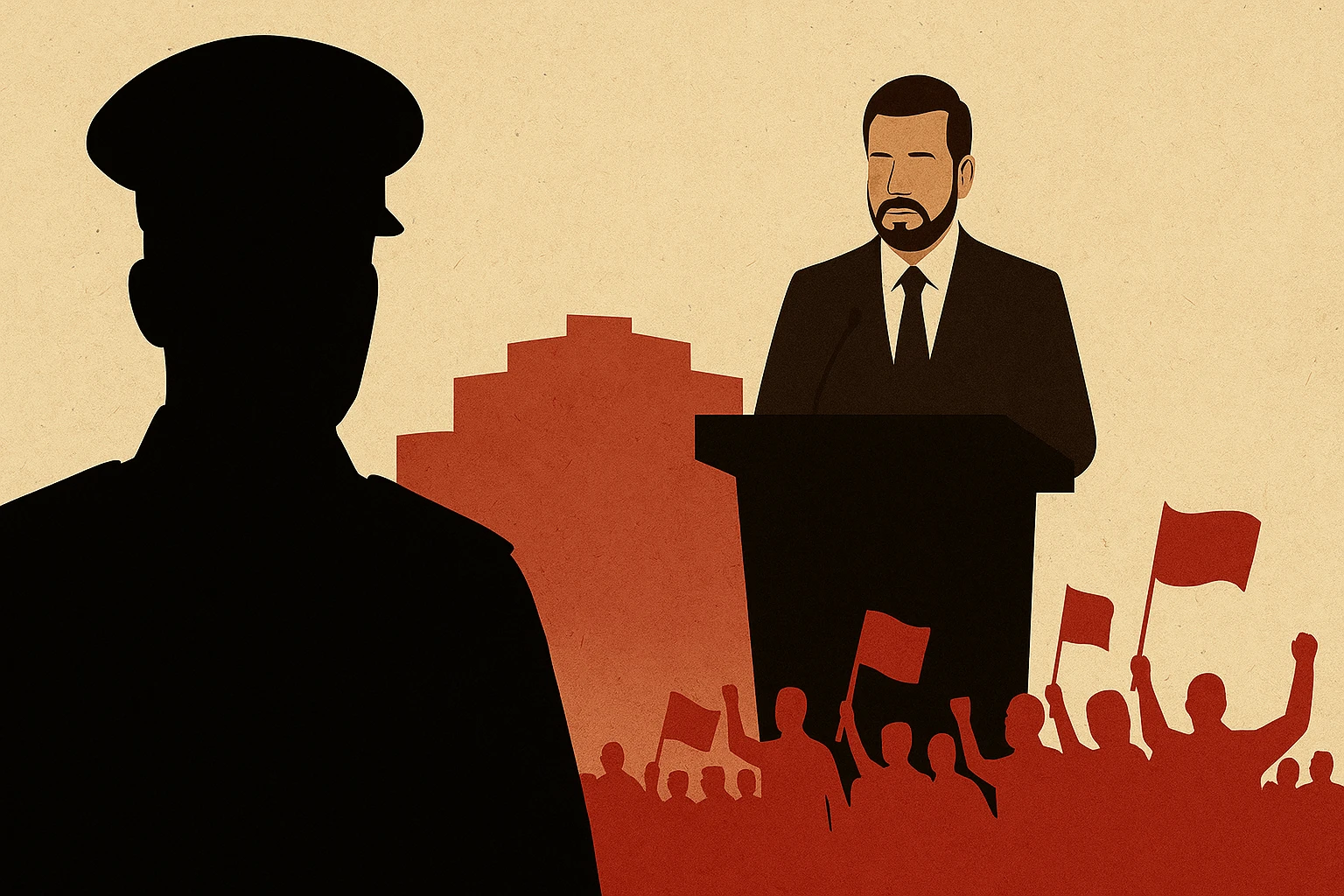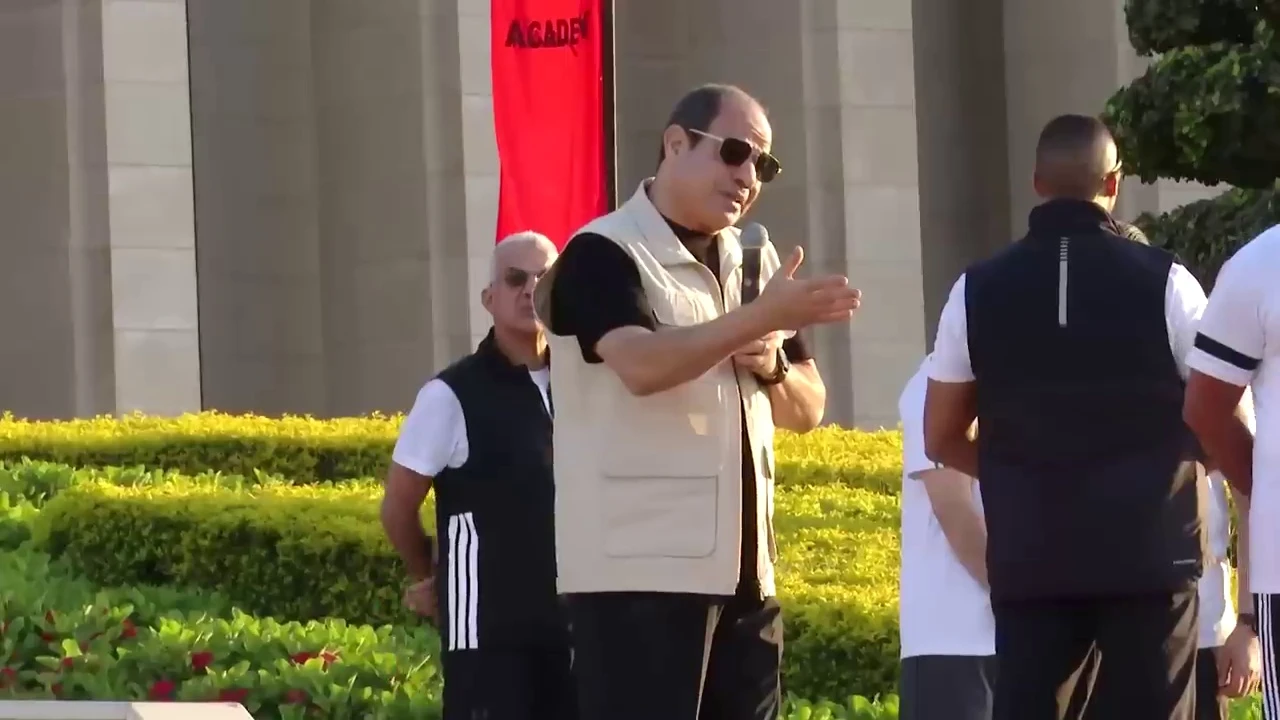Enemy in Rhetoric, Ally in the Field
This is an AI-generated English translation. The original text is in Arabic.
September 2025 was a month filled with what could appear as contradictions in the Egyptian-Israeli stance. Within just ten days of the month, three closely spaced events occurred; they seem distant as they appear but are close in ways that are not immediately obvious.
Starting with the conclusion of the joint Egyptian-American Bright Star 2025 exercises, followed by the Doha summit for political commentary by Arab leaders on the incident of Israel's bombing of Qatar. In this context, Sisi delivered a political speech in which he used the term "enemy" for the first time in decades â if he meant Israel â and then Israel announced on September 19 the narrative of â100 dronesâ that supposedly launched from Sinai within a month.
When looking at all these events as separate pieces, they may seem like mere coincidence or even a significant political media escalation. However, when combined in their chronological sequence, a pattern emerges that reveals a dual narrative: Cairo raises the media and verbal tone to absorb domestic pressures and perhaps to prepare for what is to come, while simultaneously affirming the strength of its alliances through military maneuvers with Israel's most important allies in the world. Meanwhile, Tel Aviv employs a security narrative in preparation for the full displacement project from Gaza to Sinai.
September 10: Bright Star Confirms Constants and Alliances
From August 28 to September 10, the Egyptian-American Bright Star maneuvers took place with the participation of 40 countries, both participants and observers. In these exercises, Egypt, the United States, and Greece reaffirmed their continued military cooperation and strong partnership in military and security matters.
These maneuvers represented an official confirmation that the Egyptian army is fully integrated into a Western-American military network in several aspects: armament, logistical support, and command and control systems, all of which pass through Washington's gates.
These maneuvers also revealed that American weapons remain present and dominant, particularly in tactical air operations, with Egypt prominently using American aircraft. All these aspects underscore the importance of the Egyptian-American partnership and the necessity of its continuity in facing risks.
This connection simply means that any military confrontation between Egypt and Israel is realistically impossible. The primary suppliers of Egypt's weapons are the same allies of Tel Aviv and its most important supporters. Thus, these maneuvers served as a practical announcement that Egypt is part of a single Western-Israeli camp, regardless of what is said in speeches and media. From here, we understand that what came five days later was not a coup against this constant but merely a carefully calculated distribution of roles.
September 15: The Word âEnemyâ in a Dual Context
One day before the conclusion of the joint American military maneuvers, Israel bombed the negotiating team of Hamas in the capital, Doha. The attack occurred without prior warning to Qatar and without respect for its sovereignty, despite Qatari-American cooperation in securing the area.
A few days later, Sisi took to the podium at the Doha summit and used the word âenemyâ for the first time to describe Israel. Or so it seemed. He did not say âthe Israeli enemy,â but merely used the term defined by the definite article, yet it remained indefinite in direction, as is customary in Egyptian speeches that always leave room for retreat.
At that moment, Sisi appeared to be opening a new chapter in Egyptian political and diplomatic discourse. Local pro-government media seized on the word and crafted stories and narratives about Cairo's return to its historical position and its resilience. However, the timing and context reveal something else.
The speech came immediately after the Egyptian army concluded its maneuvers with the United States. Through these maneuvers, Cairo wanted to convey to the world that it is steadfast in its position regarding alliances and does not intend to change them. The speech itself was a message directed at the Egyptian domestic audience and the Arab environment, an attempt to absorb the rising popular anger with the return of Israeli occupation to Gaza and Tel Aviv's statements about pushing the people of the sector towards Sinai.
In this context, the word âenemyâ becomes a political tool that does not reflect a real strategic shift in Egypt's position, but rather an attempt to soothe the domestic situation after Cairo reassured its partners abroad.
September 19: One Hundred Drones and the Threat Narrative
Just four days later, Israel announced that â100 dronesâ had crossed from Sinai towards Israel within a month. However, the narrative seemed illogical from the very first moment: no photos, no videos, no damage, and not even a specification of the flight path or payload of those aircraft.
What is striking this time in the reports is that Israel, which is accustomed to publishing photos or videos, did not present a single image of the wreckage of the hundred drones, a lack that undermines the narrative more than it supports it.
The paradox is that most of the news regarding drones coming from Egypt in the past two years was limited, during which Israel announced the downing of about five aircraft individually, claiming that some of those drones were carrying light weapons.
It is clear that Israel is trying to create a new political climate in the region based on the narrative that the Egyptian side of the border is unsafe and is being used to threaten its security. This may later facilitate Israel's request for more international security measures in Sinai, and perhaps the expansion of the demilitarized zone.
It is not unlikely that they will request international monitoring on the Egyptian border. If the displacement project falters, Israel may, under international pressure, turn northern Sinai into a new version of southern Litani: a long-term buffer zone that completely separates Gaza from Egypt.
This Israeli escalation coincides with Tel Aviv's certainty that Egypt, despite raising the media ceiling in its statements, remains constrained by its alliances in the region. Hence, the Israeli narrative was not news of an existing threat, but rather the third episode in a calculated sequence: maneuvers confirming the alliance, a speech raising the ceiling, and then a story justifying projects on the ground.
From the Beginning: An Old Alliance Renewed
This arrangement in the narratives cannot be understood in isolation from recent history. Since 2013, the Egyptian coup regime has been closely coordinated with Israel. The media figure close to the Egyptian regime, Tawfik Okasha, mentioned that he advised Sisi and his regime: âIf you want the world and America to be pleased with you after June 30, ask Netanyahu for that.â
Indeed, according to Okasha's statement, Netanyahu played a pivotal role in opening channels of international support for the new military authority.
This testimony â regardless of Okasha himself â reveals that Israel has never been an adversary of this Egyptian regime, but rather a reliable and important partner in the equation of survival. Therefore, it is not surprising that in September 2025 this clear distribution of roles appeared: Cairo speaks of the âenemyâ to soothe the domestic audience, while Tel Aviv presents a security story that serves its project, and the ground reality confirms that the alliance has not changed.
As Egypt later goes on to accept displacement, either under the pretext of not allowing Israel to occupy Sinai, or to affirm sovereignty in rejection of Israeli demands, or under the pretext of avoiding entering into new wars, the latest being the humanitarian excuse concerning the people of Gaza.
Conclusion
What is happening is a carefully orchestrated scene in which the army reassures the West, while Sisi raises the tone of discourse to reassure the Arab and Egyptian interior, while Israel adds a security narrative that is then used as leverage in the Gaza and Sinai files, which the Egyptian regime uses to justify its positions in the coming phase.
The enemy exists only in words and speeches, while the ally and patron are present in the field, and between discourse and action, arrangements for the post-occupation of Gaza are being drawn, testing the future of Sinai, where Israel awaits its Egyptian ally to return the favor.

